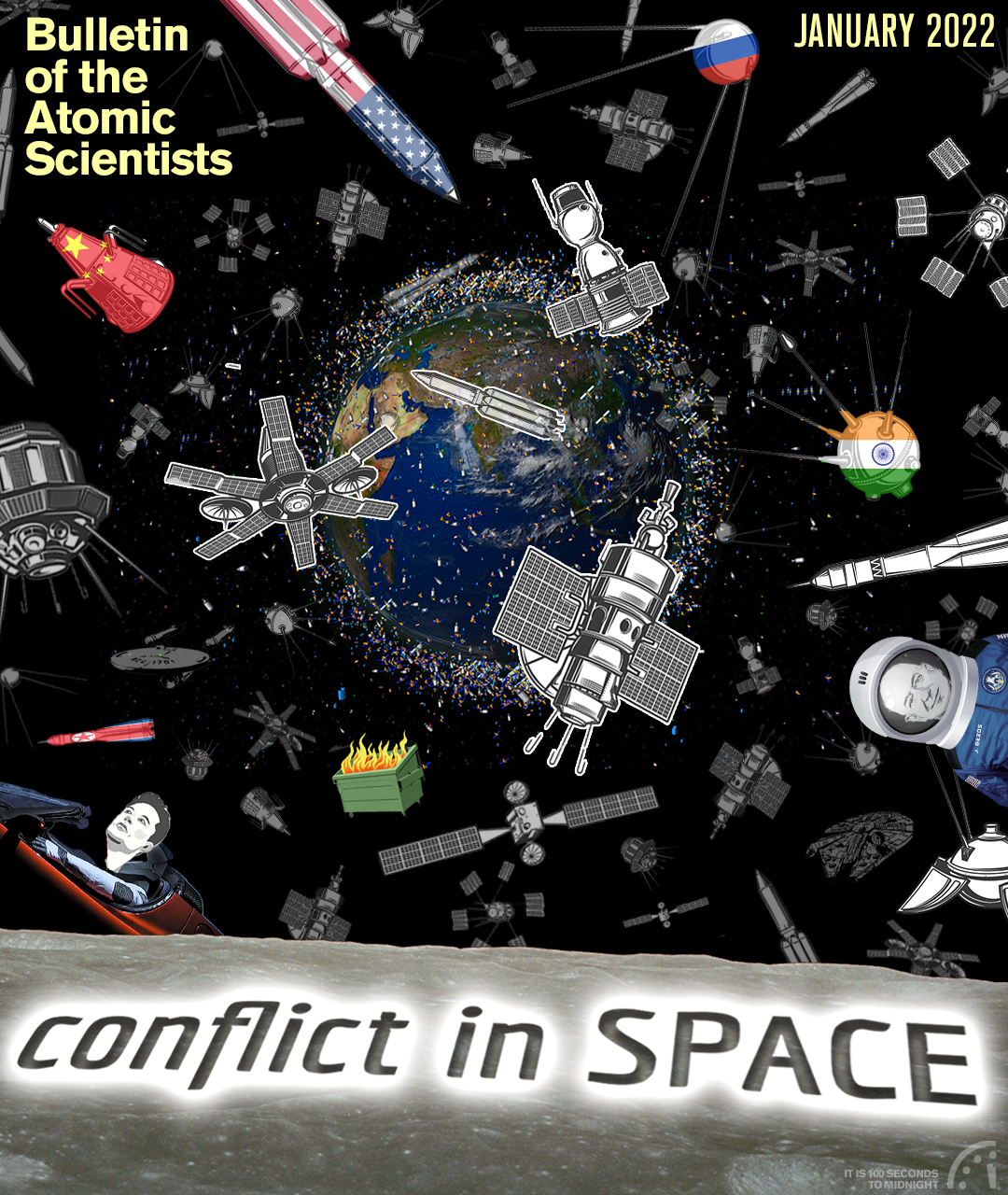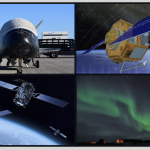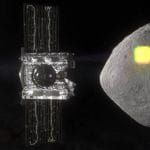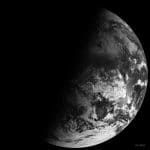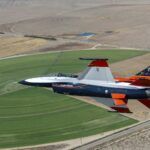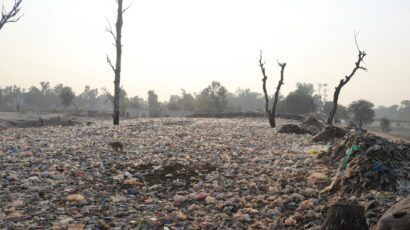The complicating role of the private sector in space
By Victoria Samson | January 17, 2022
It may look otherworldly, but this is a color-enhanced image of our own planet, in the form of a Landsat view of an estuary in Western Australia taken from space. For better or worse, such satellite imagery will become much more common, with some estimates predicting 100,000 satellites in space by the end of this decade. (There are currently about 4,800.) Image courtesy of NASA/USGS Landsat; Geoscience Australia
The complicating role of the private sector in space
By Victoria Samson | January 17, 2022
Loading...
Together, we make the world safer.
The Bulletin elevates expert voices above the noise. But as an independent nonprofit organization, our operations depend on the support of readers like you. Help us continue to deliver quality journalism that holds leaders accountable. Your support of our work at any level is important. In return, we promise our coverage will be understandable, influential, vigilant, solution-oriented, and fair-minded. Together we can make a difference.
Keywords: Russia, Satellites, SpaceX, Starlink, conflict, mega-constellations, security, space
Topics: Disruptive Technologies
Get alerts about this thread
0 Comments
Oldest

